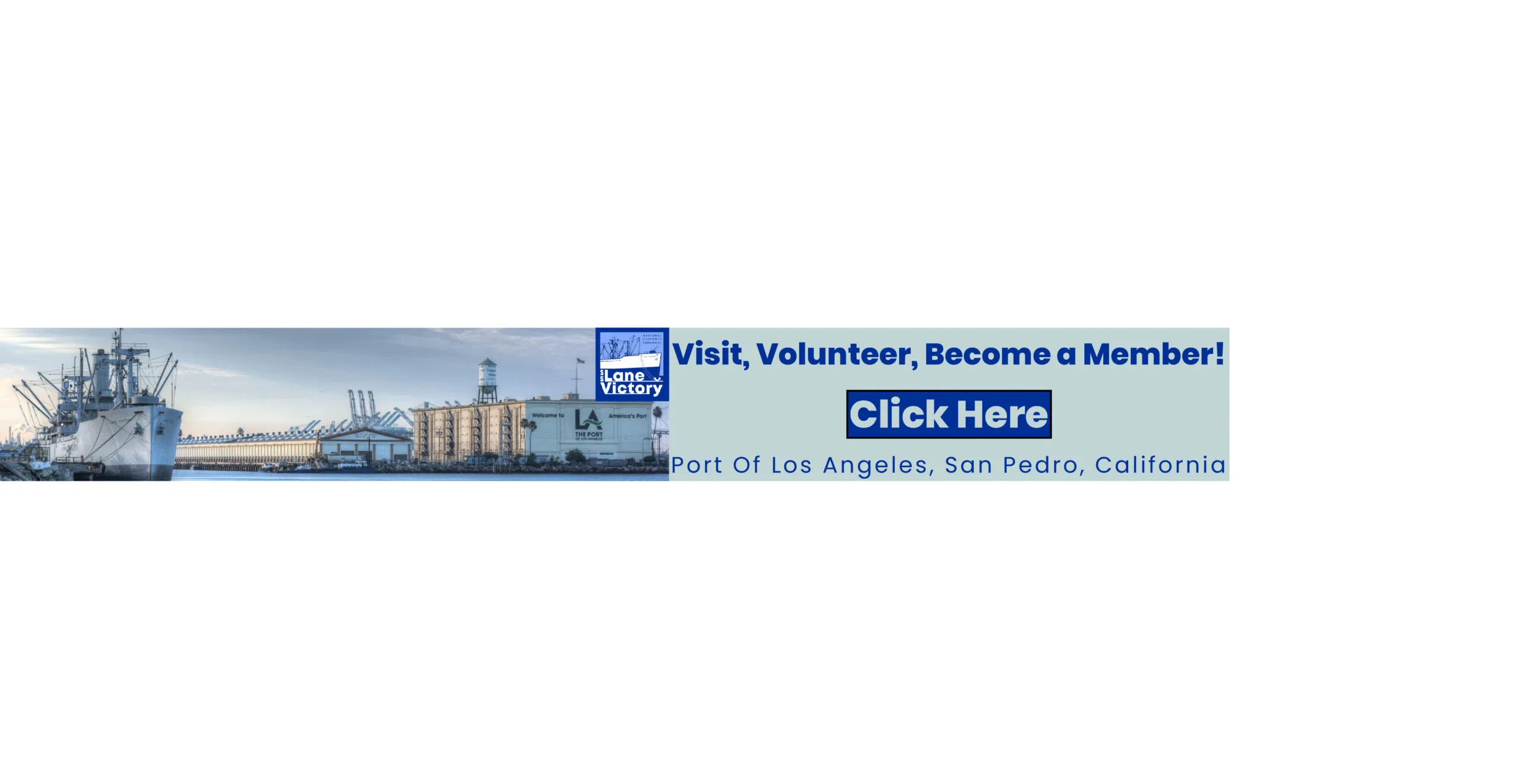Port problems are anything but local
The mid-February winter storm stretched across most of the continental United States, but hit the state of Texas especially hard. It left more than 4.5 million homes and businesses without power, and more than 70 dead, as the state’s power grid came within minutes of “a catastrophic and complete failure,” according to the Electric Reliability Council of Texas.
The state’s climate denialism, free market deregulation and lack of infrastructure investment all contributed significantly to the singular catastrophe that struck Texas. California, in contrast, is seen as a beacon of climate enlightenment, but that image is highly misleading, according to the just-released “Environmental Scorecard” from the California League of Conservation Voters, and the ports of Los Angeles and Long Beach vividly illustrate the problems involved.
The state’s overall score was just 74%. “It barely passed this year,” the league’s Political and Organizing Director Mike Young told Random Lengths News.
“The only reason it passed … was actually because the governor passed two really huge executive orders,” he said. But even with that, “We are missing a climate plan.”
He pointed to John Kerry’s recent press conference in contrast.
“It’s very clear that the federal government, that the White House now has a climate plan,” he said. “It’s thinking about how climate can impact every sector and the different decisions that it’s making.”
It’s precisely that kind of whole-of-government, every-facet-of-policy approach that’s needed in California as well.
Locally, State Assemblyman Patrick O’Donnell is symptomatic of California’s problem, earning a place on the league five-member “polluter caucus,” the worst of the worst from among the 22 senators and 52 assembly members who take money from oil companies or their political action committees, whose power and influence significantly cripple California’s climate and environmental justice policies. This past April, he circulated a sign-on letter to Mary Nichols, chairwoman of the California Air Resources Board, calling for it to halt its regulatory rulemaking process because of COVID-19.
“It’s in those moments of crises where you depend on your elected leaders,” Young said, “And, it was clear that he was deciding to serve the interests of industry, as opposed to the health of his constituents.”
The problem isn’t limited to climate change alone.
“When it comes to air pollution, California has been operating in a state of denial about its failure to meet state and federal air quality standards,” said Joe Lyou, president and CEO of the Coalition for Clean Air. “The plans to achieve these standards rely on investing billions of dollars per year in clean vehicles and equipment with no viable means of raising that kind of money.”
Thus, neither climate policy (involving carbon dioxide and methane, primarily) nor air quality policy (ozone, nitrogen oxide, sulfur oxide and volatile organic compounds) are comprehensively addressed, much less is there an integrated plan dealing with both. Zero-emissions technology addresses both of them — when combined with renewable energy generation and grid development — but is commercially less advanced. Near-zero reduces air pollutants dramatically, but may pose climate risks due to methane. The clock is ticking on both, but in different timeframes. Coordination is essential — and lacking.
Lyou is ideally situated to explain California’s faltering policies, combining local, regional and statewide experience. Statewide, he serves as a member of California Transportation Commission, and locally he’s a member of the ports’ Sustainable Freight Advisory Committee, where stakeholder representatives for business, labor, the community and the environment develop consensus recommendations to advance the ports’ Clean Air Action Plan, known as CAAP — recommendations “the ports have basically ignored,” Lyou stated. He also served 12 years on the board of the South Coast Air Quality Management District.
“The port truck situation is a tragedy in the making,” Lyou said. “In 2023, California regulations will require all trucks to have 2010 or newer engines. Approximately 4,685 (36%) of the trucks in service at the ports will have to be replaced,” he explained. “The ports are allowing them to be replaced with 2014 or newer trucks and completely missing out on the opportunity to reduce emissions by 90% or more by requiring all replacements to be either zero or near-zero emission vehicles. Once those 2014 trucks get into the registry, they’ll be used for many years. It’s a huge issue that will have real public health consequences and no one seems to care about.”
As to why, “I think it’s part and parcel of a bigger problem at the ports in terms of accountability and with regard to air pollution,” Lyou said. “I think that the ports believe that they’ve done a lot, which they have done a lot, but they haven’t done enough.” At the same time, public pressure has waned, “in part because there are other issues and crises to deal with, in part because of turnover, in part because of a lack of institutional memory.”
The Port of Los Angeles disputes this characterization.
“The 4,600 San Pedro Bay drayage trucks that remain pre-2010 technology have the focus of the ports and regional and state agencies,” POLA spokesman Arley Baker told Random Lengths. However, he went on to say, “There is currently no consensus regarding how to incentivize the transition of these trucks to cleaner technologies. Some would like to see them transition to low NOx [nitrogen oxide] trucks right away, while others would rather see them make the transition to ZE [zero emission] trucks when they start to become available in the next three to five years.”
But, “There is a consensus that the people breathing smog and diesel particulate matter that lead to everything from asthma attacks to heart attacks to premature death all want cleaner trucks,” Lyou responded. “The port is using the debate over zero and near-zero emissions to do nothing, which leaves us with dirty diesel trucks moving freight in and out of the port. They know that it would be impossible to replace all of those pre-2010 trucks with zero emission trucks by 2023. They should replace as many as they can with zero emission but the rest should be near-zero emission.”
In June 2017, the advisory committee Lyou sits on advised that “‘front loading’ the deployment of zero and near-zero emission trucks as part of the Clean Truck Program will provide significant air quality and public health benefits,” but that “it will be important that this transition be implemented in an even and measured manner between the commencement of the new Clean Truck Program (expected in 2018) and the July 1, 2023 target date.” This would “allow for the establishment of program milestones and measurement in order to best ensure the success of the program,” and provide greater certainty for all parties involved. Significantly, the 2023 federal ozone deadline will rely on a 2022 date, so “significant deployments of zero and near —zero emission technology must occur in the years leading up to 2022.”
None of that has happened. Take the simple matter of a contained fee to help fund the transition. This could help supply some of the more than $1 billion in incentive funding needed for California to meet its federal air quality targets, AQMD spokesperson Nahal Mogharabi noted. “However, the ports have not yet implemented this fee,” even though it was approved in principle early last year.
POLA is still working to finalize a contract with the rate collection vendor, and hopes to bring it to the board within the next month or two, spokesman Phillip Sanfield said. After that, “It will take six months to set up the collection system.” So 2022 — the year federal air quality data is to be collected — will be the first full year in which fees are collected to help fund a transition that should have been planned as a five-year process.
The situation with ships and rail is even more daunting.
“They’re both a big problem — a lot of emissions, a lot of old technologies,” Lyou said. “It’s very complicated, if not impossible to retrofit the ships, so they need to be built clean to begin.”
And, they’ve built up a huge supply before new international standards went into effect in 2016.
“So that created a problem and that problem will persist for decades, because those ships don’t turn over quickly,” Lyou said.
Rail faces a similar situation, due to the fracking boom.
“The coal industry was the biggest user of locomotives in the United States,” Lyou explained. “When the coal industry started tanking because of the low cost of natural gas, the natural turnover of these locomotives quit happening, and the industry started just relying on what they had in stock and they have a lot of locomotives that aren’t even being used.”
Additional questions remain. Richard Havenick, the first prominent advocate for low-sulfur ship fuel, has raised serious concerns about methane in natural gas. He had been passionate to get ships off diesel and onto natural gas, until he read a 2019 study from the U.S. Maritime Administration, which found that “LNG offers significant benefits within local communities by reducing criteria pollutants and improving health outlook. However, global impacts are dominated by releases of the short-lived climate pollutant, methane.”
But in California, “We always insist that near-zero trucks be fueled with renewable natural gas,” Lyou notes. “It might not be an ideal situation,” he notes, but “In the end, there are no perfect solutions.”
Jesse Marquez, founder and president of Communities for Safe Environment, points to zero-emission trucks already available that can service the Los Angeles Basin.
“There are a minimum of eight ZE Class VIII Drayage Trucks that can all travel a minimum of 100 miles in a day,” he said.
They can service UP’s ICTF railyard within 5 miles of the port, as well as rail yards in East Los Angeles and Commerce 20 miles north on the I-710. They can’t do everything diesel trucks can do. But they can do much of what needs to be done, if there was a proactive plan to make use of them.
The questions raised by Marquez and Havenick could be answered if California had the kind of leadership and planning approach that the Joe Biden Administration seems to promise. But that’s simply not the state that the State of California is in.
Note: Random Lengths News will take a statewide view of the problem as part of its Earth Day coverage in April.



